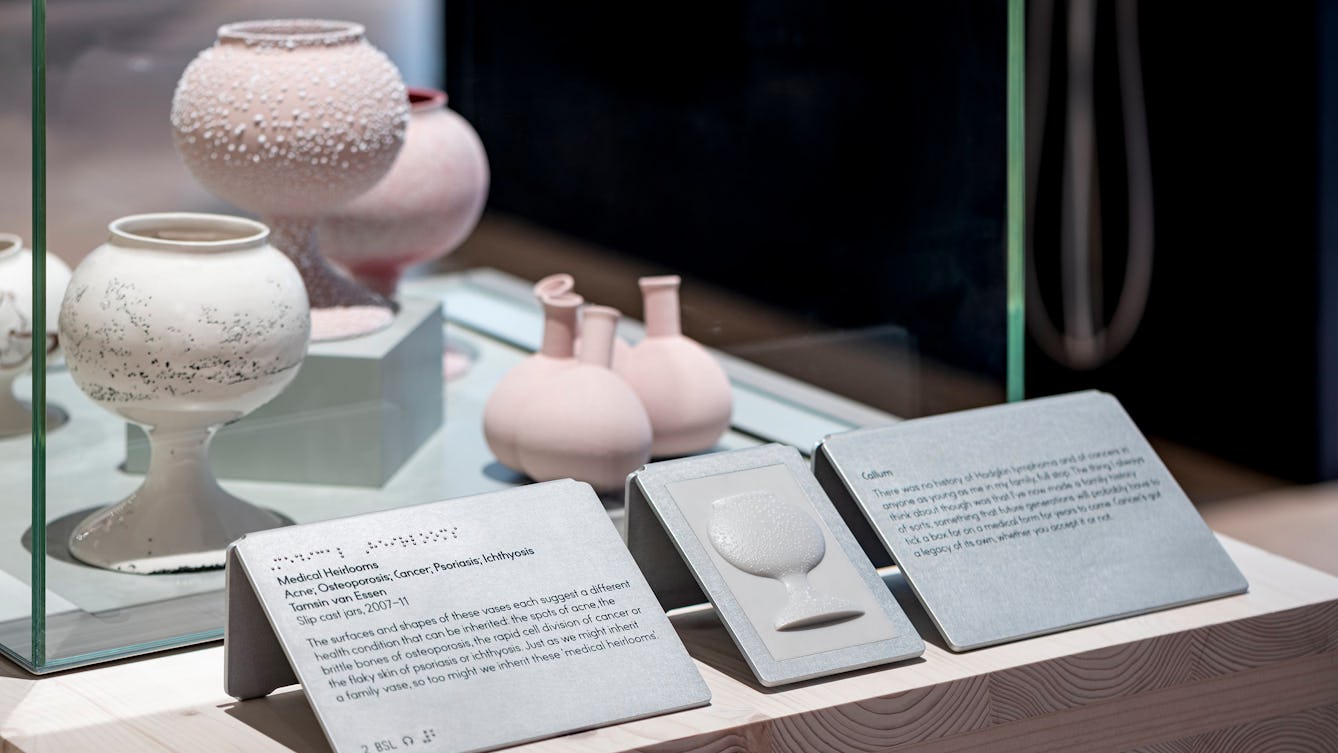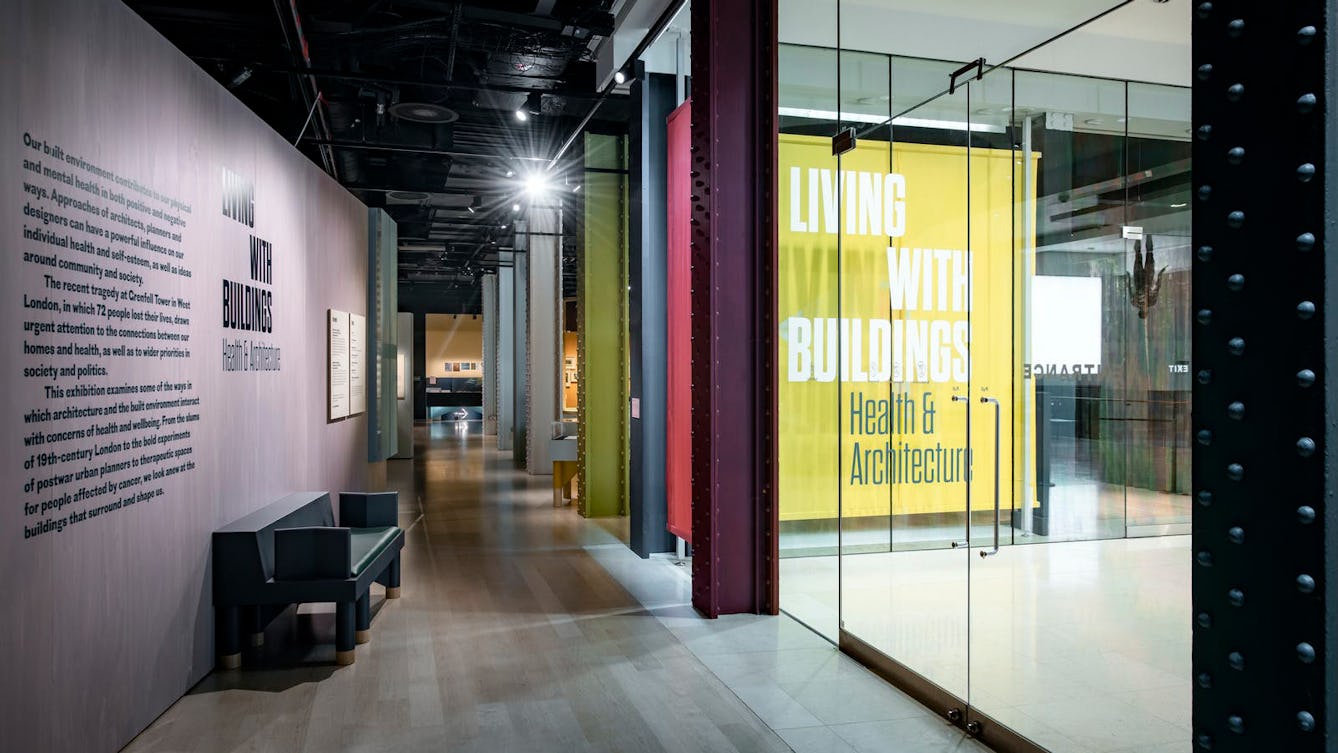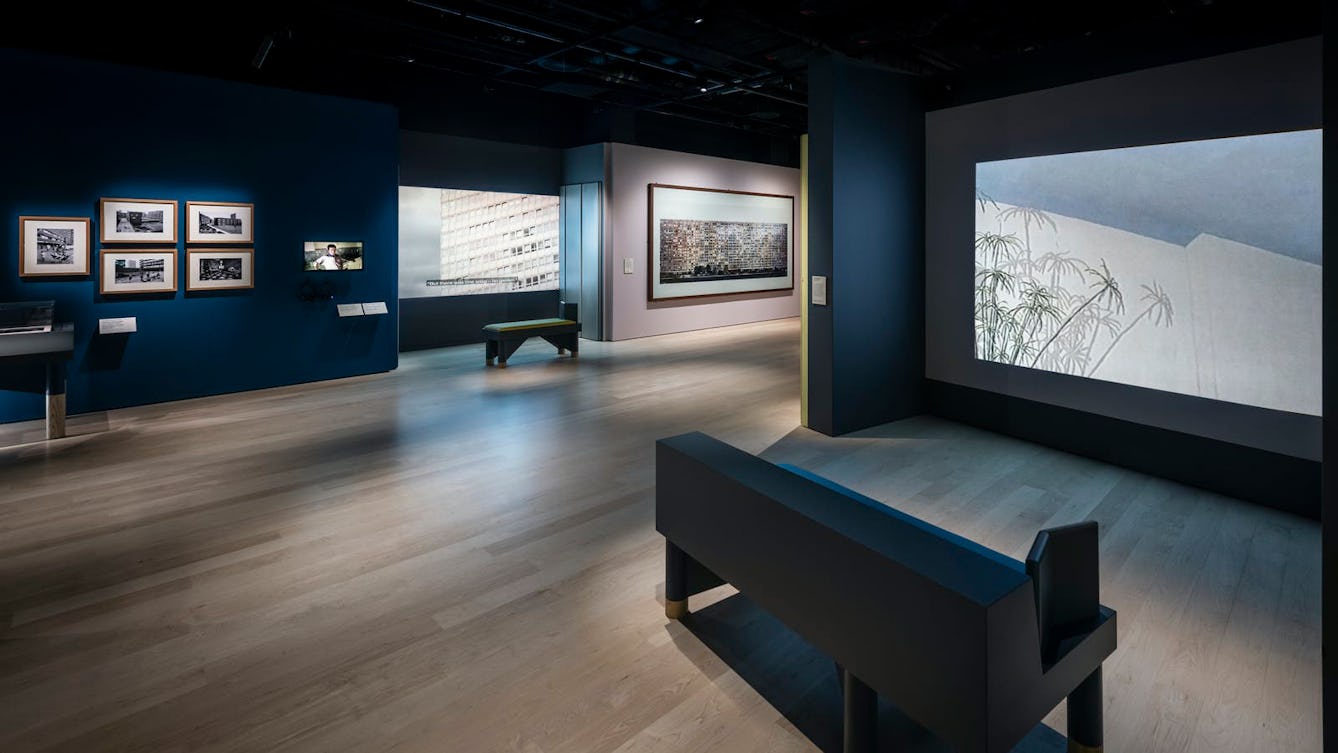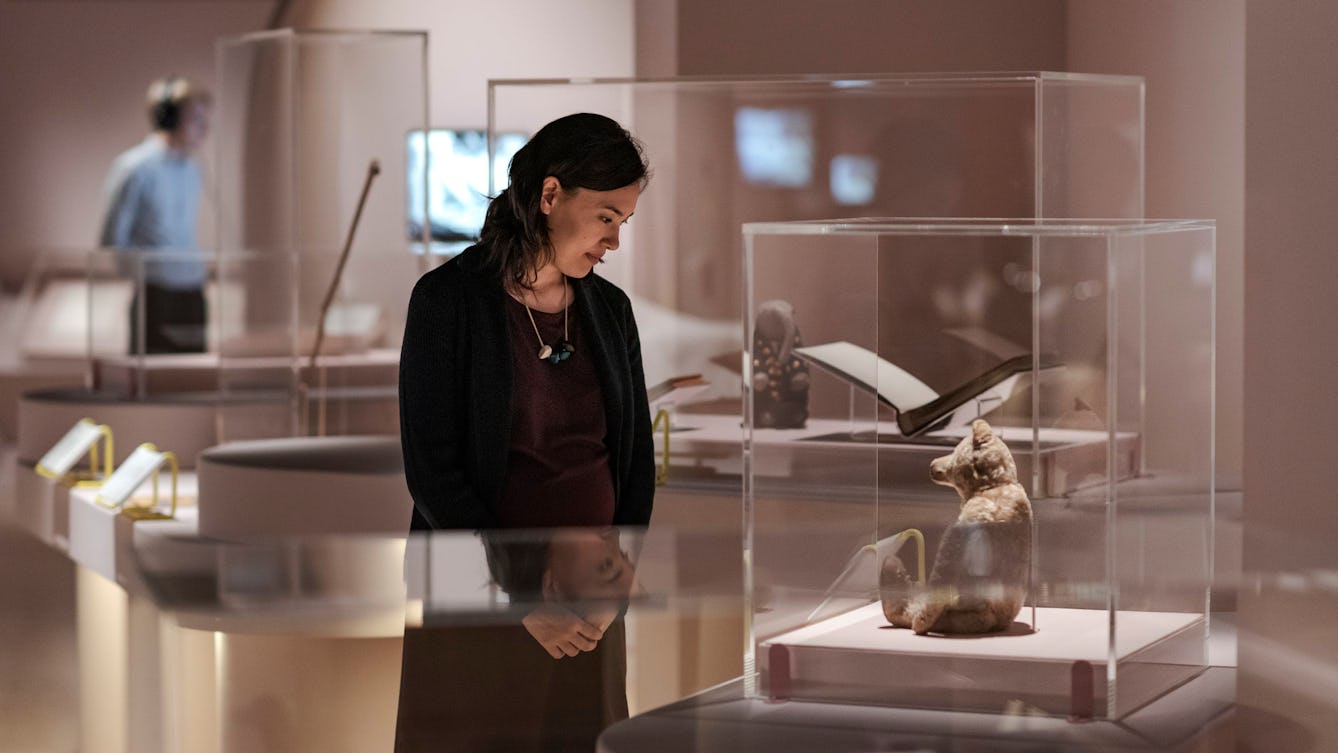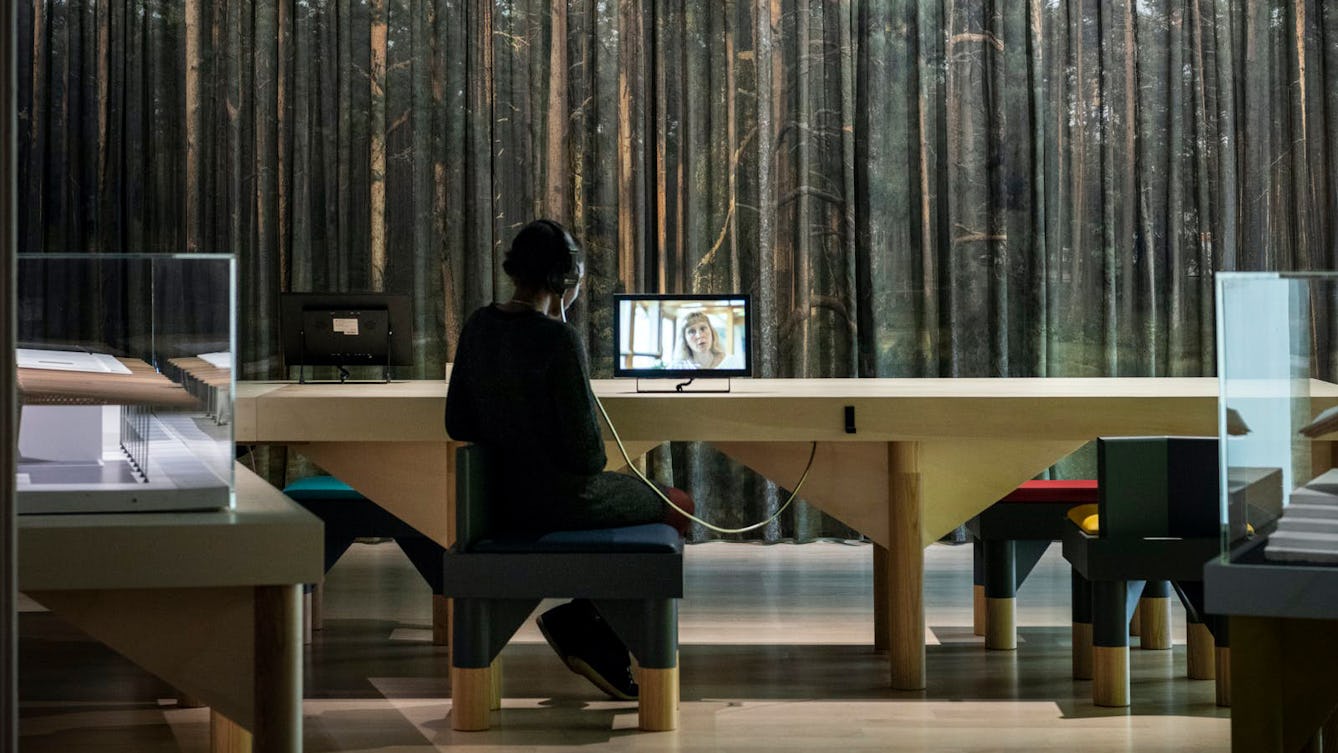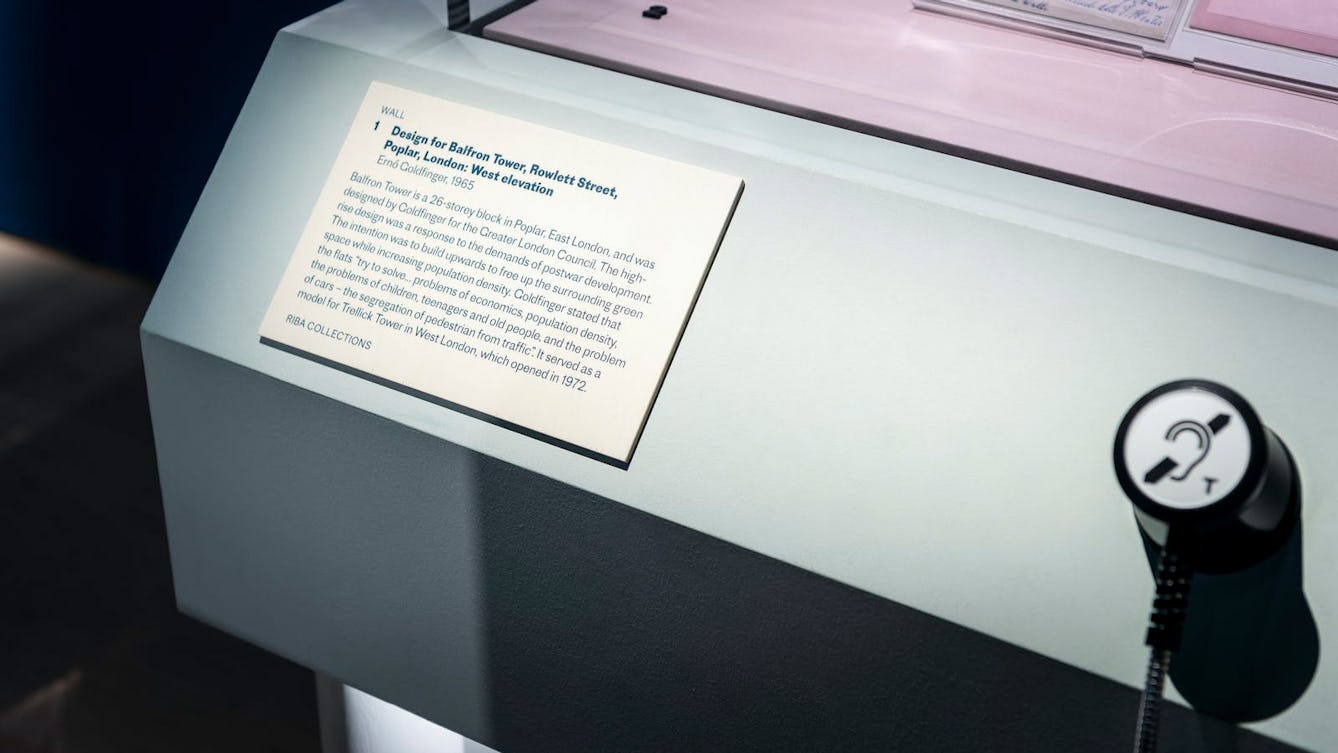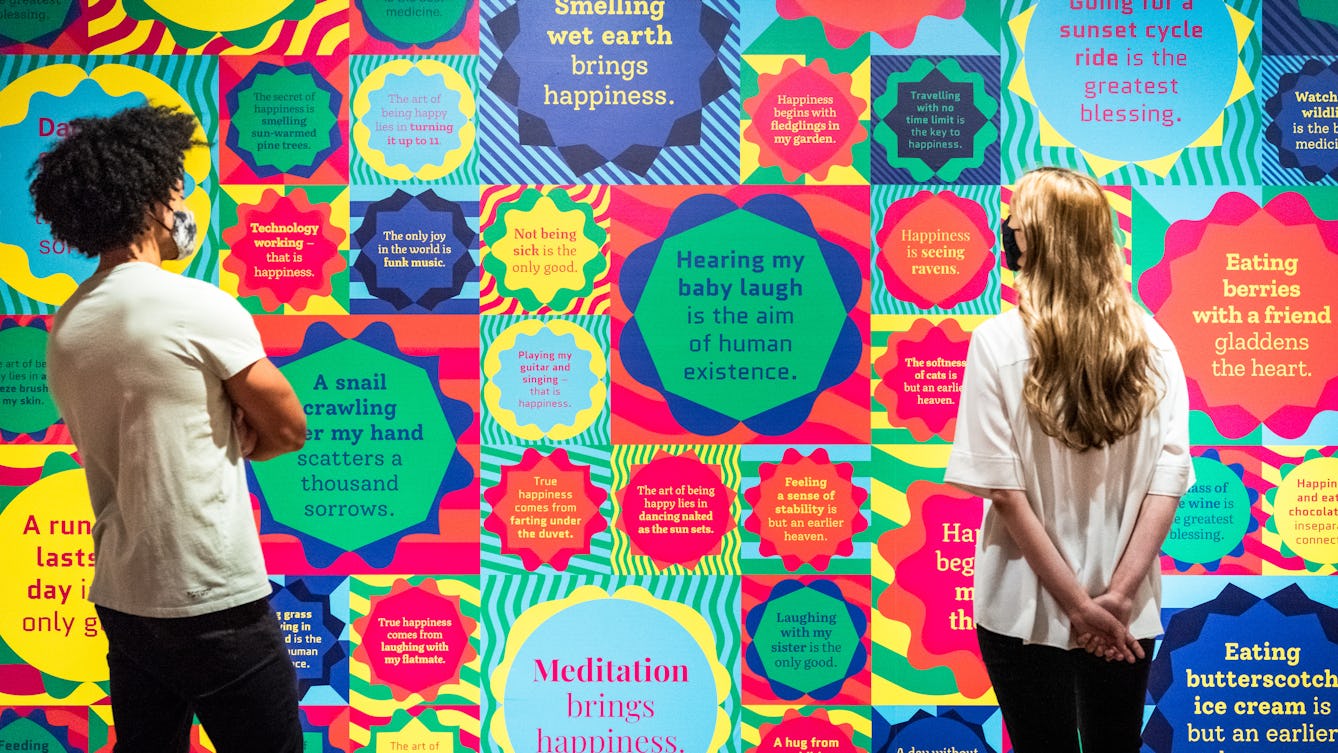Principles for accessible and multisensory interpretation
One size does not fit all, and we aim to provide layered interpretation in a range of formats.
Consider how you might expand and enhance the ways in which an object or theme can be understood by appealing to different sensory preferences and meeting different abilities.
In some cases this may mean addressing specific barriers by providing interpretation in accessible formats such as Braille transcription and BSL interpretation. This can also mean providing audio transcription, audio description, and tactile and multisensory elements.
If these are provided, please ensure that they are easy to identify and, ideally, co-located with the objects or themes that they relate to.

